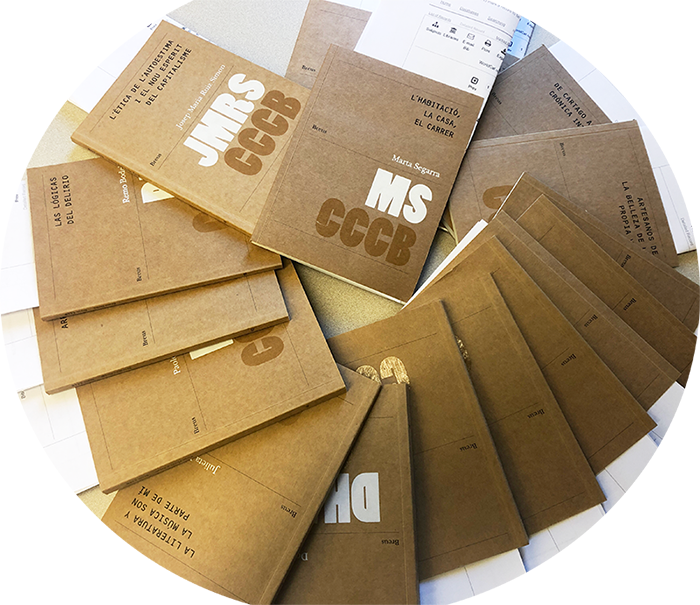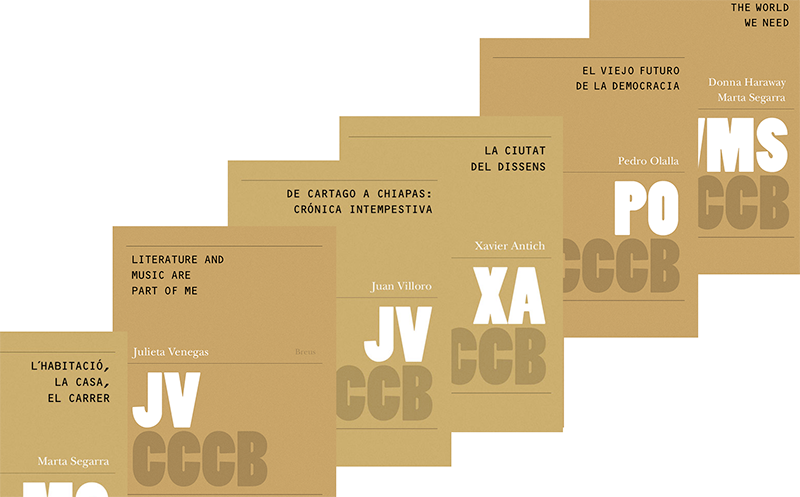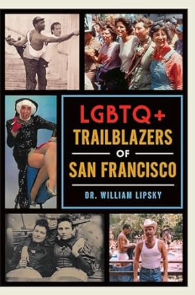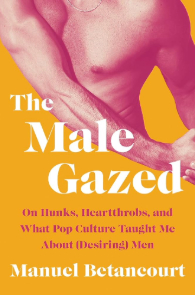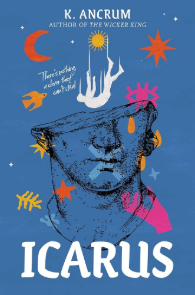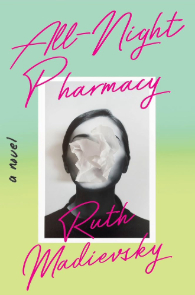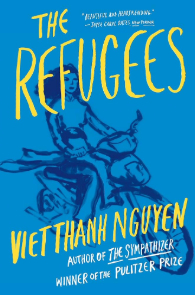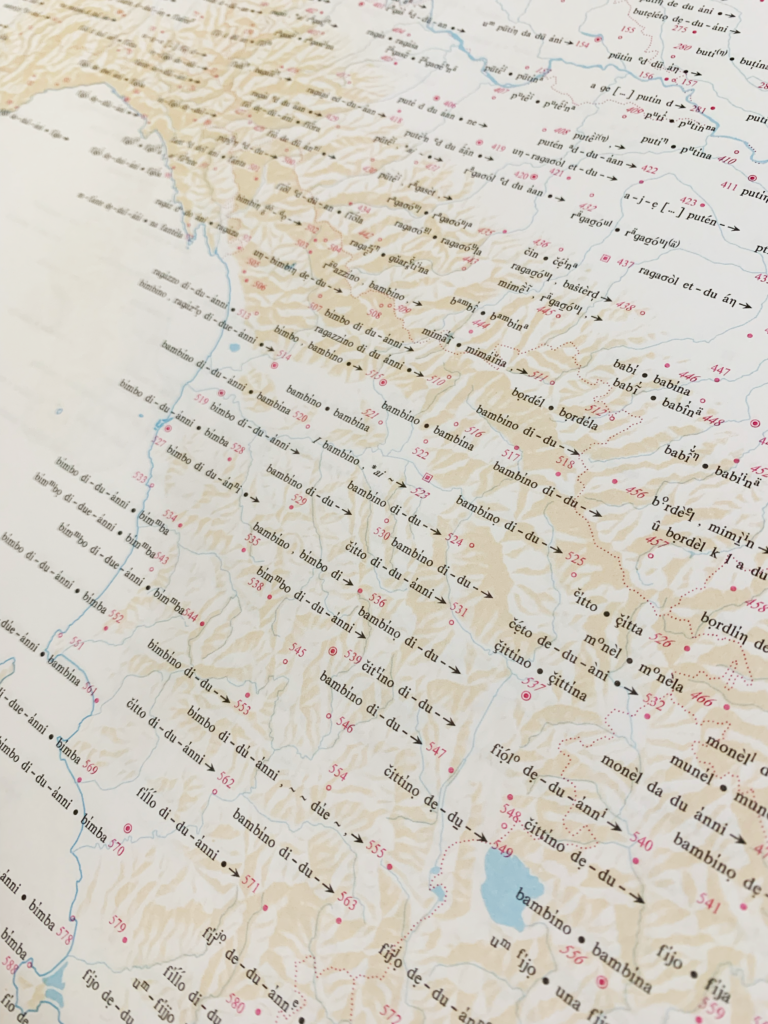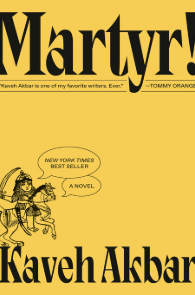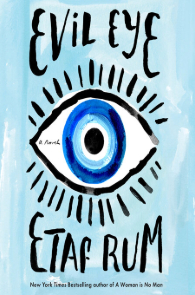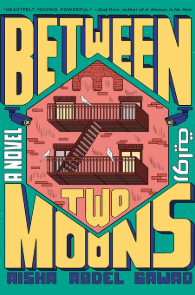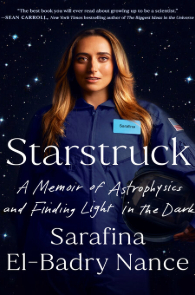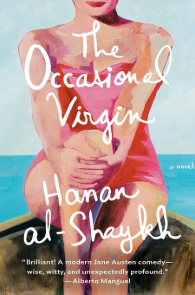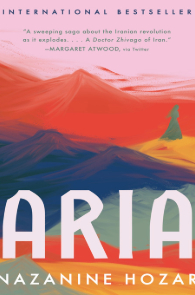Arts & Humanities
Art for the Asking: Check-Out Art From The Graphic Arts Loan Collection At The Morrison Library August 26 & 27
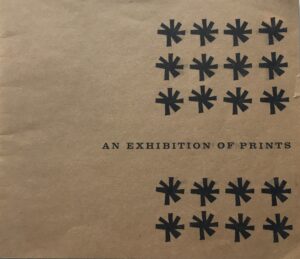 The Graphic Arts Loan Collection (GALC) at the Morrison Library has been checking out art to UC Berkeley students, staff, and faculty since 1958 and it is back again this year!
The Graphic Arts Loan Collection (GALC) at the Morrison Library has been checking out art to UC Berkeley students, staff, and faculty since 1958 and it is back again this year!
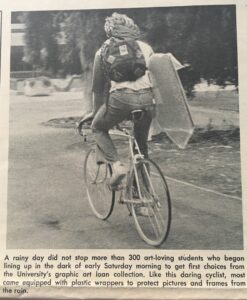 The purpose of the GALC since its inception has been to put art in the hands of UC Berkeley students (and the best way to appreciate art is to live with it!), so on August 26 and 27, from 10am to 4pm, UC Berkeley students can come to the Morrison Library (101 Doe Library) and check-out up to two pieces of art from the GALC’s collection to take home and hang on their walls for the academic year. The prints will be available to students on a first come, first served basis.
The purpose of the GALC since its inception has been to put art in the hands of UC Berkeley students (and the best way to appreciate art is to live with it!), so on August 26 and 27, from 10am to 4pm, UC Berkeley students can come to the Morrison Library (101 Doe Library) and check-out up to two pieces of art from the GALC’s collection to take home and hang on their walls for the academic year. The prints will be available to students on a first come, first served basis.
If you would like to see what we have before you come to the Morrison Library, all the prints are available to browse online at the Graphic Arts Loan Collection website. Not everything in the collection will be available at the Morrison Library these days, but much of the collection will. Please note that the Graphic Arts Loan Collection will not be available to staff and faculty members during this time, but only available to UC Berkeley students. Starting August 29th students can reserve prints from the collection through the GALC website, and on September 9th, faculty and staff can begin reserving prints. Any questions about the GALC can be directed to graphicarts-library@berkeley.edu.

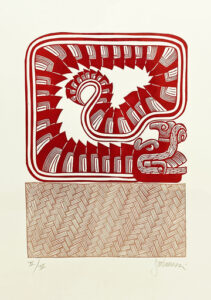

Carrie Mae Weems, Untitled: Trees With Mattress Culebra en el Petate, Sergio Sanchez Santamaria Faith Ringgold, Jo Baker’s Birthday
Col·lecció Breus from the Centre de Cultura Contemporània de Barcelona (CCCB)
The Centre de Cultura Contemporània de Barcelona (CCCB) makes available the transcripts of debates, lectures, seminars, and symposia given by luminaries from both sides of the Atlantic over the years. Here are a few of these printed lectures, now published as bilingual pamphlets by Editorial Breus, now in the UC Berkeley Library collection:
98. La literatura y la música son parte de mí / Literature and music are part of me – Julieta Venegas
96. El món que necessitem / The World we need – Donna Haraway – Marta Segarra
92. Arrautza, ou, huevo, oeuf, egg / Arrautza, ou, huevo, oeuf, egg – Bernardo Atxaga
91. La revolució avui / Revolution today – Angela Davis
81. El viejo futuro de la democracia / Democracy´s old future – Pedro Olalla
67. L’habitació, la casa, el carrer / Room, House, Street – Marta Segarra
63. La ciutat del dissens. Espai comú i pluralitat / The City of Dissent: Shared Space and Plurality – Xavier Antich
58. L’È́tica de láutoestima i el nou esperit del capitalisme / The Ethics of Self-esteem and the New Spirit of Capitalism – Josep Maria Ruiz Simón
49. De Cartago a Chiapas: crónica intempestiva / From Carthage to Chiapas: An Untimely Chronicle – Juan Villoro
46. Com si Déu no existís / Come se Dio non ci fosse – Paolo Flores d’Arcais
44. Estado de excepción y genealogía del poder / The State of Exception and the Genealogy of Power – Giorgio Agamben
40. Violència d’Estat, guerra, resitència / State Violence, War, Resistance – Judith Butler
35. Artesanos de la belleza de la propia vida / Crafters of the Beauty of Life Itself – Ángel Gabilondo
32. L’ambigüitat de la puresa / The Ambiguity of Purity – Lluís Duch
30. L’amistat / On Friendship – Jordi Llovet
18. Las lógicas del delirio / Logics of Delusion – Remo Bodei
View all publications in the CCC series on the publisher’s website.
2023/24 Art Practice and University Library Printmaking Award Winner: Christine Santos
Christine Santos, recipient of the 2023/24 Art Practice and University Library Printmaking Award, is a 2024 graduate of the Art Practice Department at the University of California Berkeley. Two of Christine’s prints, Rainbow State Fantasies and Urgent Lexicon Pinay, have been added to the Graphic Arts Loan Collection and can be borrowed by students at UC Berkeley starting this fall.
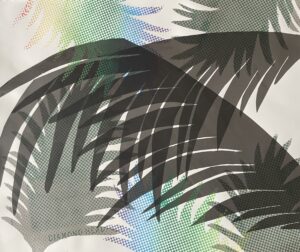
![]()
Below is an Artist Statement from Christine about her work:
I work in digital painting and recently photocopy art, printmaking, and installation. Pulling from state digital archives and my digital snapshots, I digitally manipulate and assemble them to address colonial omission, aesthetic failure, and non-imperial formations. Connections to speculative fiction, DIY culture, cyberfeminism, and Pop Art movement can be made from my work. For example, Archival Densities is an installation series using altered state records from the Digital Archive of Hawai’i to stage fictional events of resistance. I received the AY 2023 – 2024 Center of Race and Gender Student Research Grant to conduct photographic research at Hawai’i’s Bishop Museum to advance my screen print work in Archival Densities. This includes Rainbow State Fantasies, which is now a part of the Graphics Arts Loan Collection.
Rainbow State Fantasies is a screen print monoprint that complicates the popular romanized colonial idea of the “South Seas Island Paradise”. The failed aesthetic of the American curio postcard image of Diamond Head, Hawai’i and suggestive tropical plant silhouettes articulate a visual resistance to this colonial imagination that lingers in Hawai’i’s socioeconomic material culture related to tourism media. Resistance pedagogy and history informs this work as well as Urgent Lexicon: Pinay, the accompanying screen print to this award. Urgent Lexicon: Pinay is inspired by the process of reading Pinay Power by Melinda de Jesus. In this print, I made a handwritten account of the times “pinay” is mentioned and layered it to the point of abstraction.
You can find more about my work here: csantos.xyz
The Art Practice & University Library Printmaking Award is given to the undergraduate student in the Department of Art Practice who has demonstrated an astute understanding of printmaking techniques, as well as an advanced ability to express themselves through the medium of printmaking. This award was established in 2018 by the Department of Art Practice and the University Library, and is given to one or two students each academic year.
Pride Month 2024

Celebrate Pride Month with our handpicked selection of books by LGBTQ+ authors and characters! Discover powerful stories that shine a light on diverse identities and experiences in the LGBTQ+ community and check out more at our Overdrive.
Dr. William Lipsky
Manuel Betancourt
Geena Rocero
K. Ancrum
Ruth Madievsky
Julia Armfield
Asian American & Pacific Islander Heritage Month

Dive into AAPI Month with our lineup of awesome books by Asian American & Pacific-Islander authors and characters! Get ready to explore their unique stories and perspectives, celebrating the richness of their culture, and find more at UCB Overdrive.
Angie Kim
Viet Thanh Nguyen
Sindya Bhanoo
Kiana Davenport
V. V. Ganeshananthan
Kathryn Ma
K. T. Nguyen
Prachi Gupta
Ling Ling Huang
Oral History Center Presents Work at NCPH in Utah and Explores “Belonging” in Japanese American History
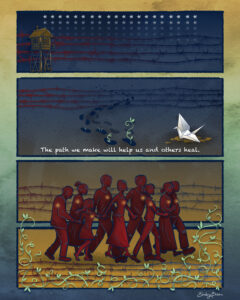
In April 2024, Oral History Center (OHC) interviewers Amanda Tewes, Shanna Farrell, and Roger Eardley-Pryor traveled to Salt Lake City, Utah, where we presented our work on the Japanese American Intergenerational Narratives Project at the annual meeting of the National Council on Public History (NCPH). We also joined a pilgrimage to the central desert of Utah along with other public historians and several members of the Wakasa Memorial Committee, including survivors and descendants of the Topaz prison camp in Utah, one of the ten US government mass incarceration sites where Japanese Americans were unjustly imprisoned during World War II. Our experiences in Utah at NCPH and at Topaz reiterated how history remains a powerful and living force, and how oral history can help promote that power. Difficult questions about “belonging” appear throughout many of the oral histories in OHC’s Japanese American Intergenerational Narratives project, and those same questions punctuated much of our time in Utah this past April.
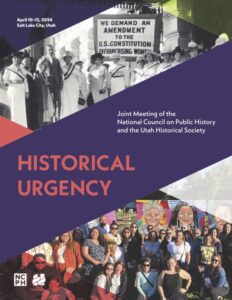
“Historical Urgency” was the conference theme for this year’s meeting of the National Council on Public History (NCPH) in Salt Lake City, where some 740 attendees presented, networked, and learned together. Presentation topics included community engagement, particularly with communities whose histories face urgent existential threats; communicating the critical importance of history and historical thinking; discourse and dialogue in a time of extreme social polarization; exploration of oral history, especially the collection of oral histories from older generations; and repatriation of human remains and cultural objects. As noted by NCPH president Kristine Navarro-McElhaney, conference discussions highlighted how historians’ work for public audiences remains essential to the fabric of our society, especially during this time of political and cultural polarization—and yet historical perspectives, tools, and history workers themselves have increasingly come under threat. While urgency may seem in opposition to the often slow and deliberate work that oral historians and other public historians do to build trust and lasting relationships with the communities we serve, many of us cannot help but feel a strong sense of urgency and importance in our efforts to collaboratively excavate the past and elevate community stories in ways that help make meaning in the present.
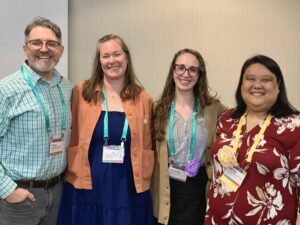
We felt especially honored to share at this NCPH our work on the Japanese American Intergenerational Narratives Project. Our roundtable presentation recounted the project’s origins, the trauma-informed interviewing approach we used with these oral histories, and some of emergent themes from the project’s interviews, like “belonging,” “art and expression,” “healing,” and “memorialization.” The roundtable’s discussion was moderated by Hanako Wakatsuki-Chong, the Executive Director of the Japanese American Museum of Oregon and a former National Park Service Ranger who recorded her own oral history as part of the project. Nancy Ukai and Masako Takahashi, both of whom also recorded oral histories as part of the project, attended and also presented at the NCPH conference in Utah, where they heard portions their own oral history interviews during our presentation. Our presentation included audio clips from season 8 of The Berkeley Remix podcast, “From Generation to Generation”: The Legacy of Japanese American Incarceration,” as well as graphic narrative artwork by Emily Ehlen, all based on oral histories recorded for the Japanese American Intergenerational Narratives Project.
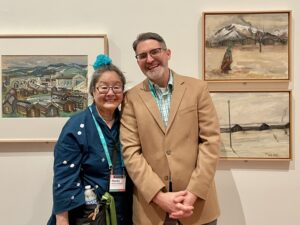
Relatedly, during the NCPH conference, I (Roger Eardley-Pryor) joined other public historians for a tour of the Utah Museum of Fine Arts on the University of Utah campus to see a new exhibit titled Pictures of Belonging: Miki Hayakawa, Hisako Hibi, and Miné Okubo. The exhibition was curated by Professor ShiPu Wang of UC Merced and features over 100 paintings and works on paper by these three Japanese American women artists, all critically acclaimed with long and productive careers. Yet during World War II, both Hibi and Okubo were unjustly incarcerated in Utah at Topaz, along with Hayakawa’s parents. Pictures of Belonging follows the three artists’ prewar, wartime, and postwar art practices, sharing an expanded view of the American experience by women who used artmaking to take up space, make their presence and existence visible, and assert their own belonging. Many of the exhibit’s artworks are on view to the public for the first time. The exhibit’s titular theme of “belonging” resonated nicely with the Oral History Center’s Japanese American Intergenerational Narratives Project at UC Berkeley, and Okubo even earned her Master in Fine Arts degree in 1938 from UC Berkeley. Our tour of the art exhibit was co-led by Sarah Palmer, Head Exhibition Designer at the Utah Museum of Fine Arts, and by Dr. Kristen Hayashi, Director of Collections Management & Access and Curator at the Japanese American National Museum in Los Angeles. I am especially grateful I could tour Pictures of Belonging with Masako Takashashi, who herself is an outstanding multi-media artist, was born behind barbed wire at the Topaz prison camp in Utah, and who I worked with to record her forthcoming oral history interview for the Japanese American Intergenerational Narratives Project.
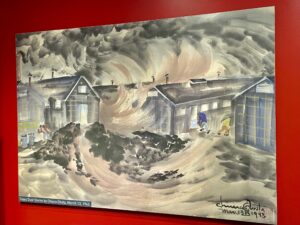
Our visit to the Utah Museum of Fine Arts also included another new exhibit titled Chiura Obata: Layer by Layer, which presents an in-depth look at the creation and conservation of Obata’s beautiful “Horses” silk screen painting from 1932. Chiura Obata was an esteemed artist and professor at UC Berkeley who was also incarcerated during World War II at Topaz in Utah, where he and Miné Okubo taught art classes for their fellow Japanese American incarcerees. Kimi Kodani Hill, the granddaughter of Chiura Obata, recently presented at the Utah Museum of Fine Arts on her grandfather’s life and work, and I’m grateful that during our recent meeting in Berkeley, prior to my own Utah trip, she shared stories with me about Obata’s silk screen exhibit. During the screen’s 2022 conservation treatment, conservators at Nishio Conservation Studio discovered that the four-paneled screen contained hidden full-scale preparatory charcoal drawings of the horses. In addition, they found that the screen’s internal layers were made of practice drawings by Professor Obata and his summer 1932 students. The recently conserved screen, the full-scale under-drawings, and a selection of the practice drawings were all on display at the Utah Museum of Fine Arts, along with a short film on the conservation process, which itself is an artform. After we returned to the Bay Area, Kimi Kodani Hill provided a guided tour of another exhibition with forty of Chiura Obata’s watercolors, woodblock prints, and ink paintings from several decades of his life that are currently displayed through mid-July at the San Francisco Museum of Modern Art.
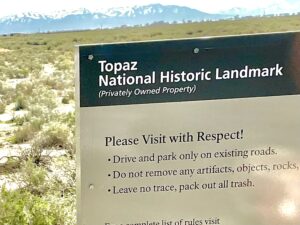
On April 11, 2024, in Salt Lake City at the NCPH conference, Masako Takahashi and Nancy Ukai joined other members of the Wakasa Memorial Committee to present their own panel titled “Who Writes Our History?” This panel explored the life and tragic death of James Hatsuaki Wakasa, who was shot and killed while confined in Topaz eighty-one years earlier on April 11, 1943. Their panel also addressed urgent and ongoing challenges over descendant and survivor community consent and collaboration with the Topaz Museum following the recent discovery and excavation of the Wakasa Memorial Stone from the Topaz incarceration site in 2021. That massive, 1,000-pound stone memorial was erected in 1943 by Japanese American incarcerees at Topaz just after James Wakasa’s murder there. But US government authorities quickly demanded the memorial’s destruction in their effort to bury acknowledgement of Wakasa’s death from a bullet fired by a white, nineteen-year-old US soldier who was quickly acquitted of any crime. The Wakasa Memorial Committee’s NCPH presentation, which was standing-room only, featured short films and personal reflections on the life, death, memory, and now-contested stone memorial of James Wakasa.
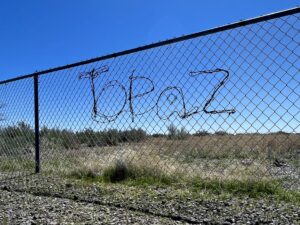
Two days later, still in Utah, Oral History Center interviewers and several other public historians joined Ukai, Takahashi, and other members of the Wakasa Memorial Committee on a pilgrimage to the dust-strewn ruins of the Topaz site on the edge of the Great Basin in Utah’s central desert. The bus ride out to the remote site included watching historical films and sharing personal backgrounds and reflections amongst this group that had assembled from eight different states. Hours later, we arrived at a sparse, sun-bleached landscape encircled by distant snow-capped mountains. Much of the original barbed wire fence around Topaz remains today where some 8,000 Americans were unjustly imprisoned for years during World War II. Crumbled concrete foundations mark sites of now-gone guard towers where US soldiers aimed their guns down at the Japanese American prisoners, and from where they occasionally fired shots, like the one that pierced James Wakasa’s heart in 1943. At the Topaz site, we joined members of the Topaz Museum Board, including board president Patricia Wakida; Scott Bassett, board secretary and education director at the Topaz Museum; and Topaz descendant and board member Dianne Fukami. Together, we all participated in a ceremony organized by the Wakasa Memorial Committee to commemorate Wakasa’s death, as well as the 140 people who died behind barbed wire at Topaz, and the sixteen Japanese American soldiers drafted from Topaz who died during their World War II military service.
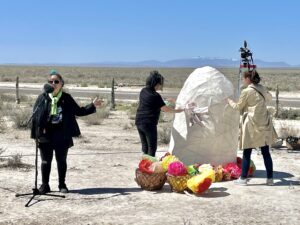
The Wakasa 81st Memorial Ceremony at Topaz began at block 36-7-D, where James Wakasa’s tar-paper barracks once stood. From there, we re-traced Wakasa’s steps across the dusty and now-hauntingly empty landscape to the western perimeter site of his murder, near where the Wakasa Memorial Stone once stood before incarcerated Japanese Americans, under government orders to destroy the memorial, buried it in 1943. An artist’s large recreation of the stone, this one blazing white and made of paper mache and wood, stood near the former burial site of the stone memorial before its removal in 2021. After a land blessing and words of remembrance from survivors born at Topaz, we encircled the artist’s stand-in memorial with name tags bearing the names of our own ancestors. Joshua Shimizu then sang in both Japanese and English the hymn “Rock of Ages,” which was also sung at Wakasa’s funeral in April 1943, and which offered deeper meaning for the missing original Wakasa Memorial Stone.
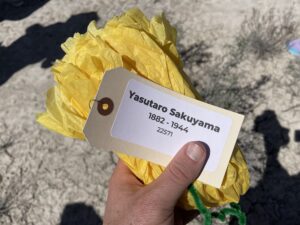
During the “Rock of Ages” hymn, ceremonial participants attached to the base of the art installation many colorful paper flowers that carried tags naming other Japanese Americans who died in Topaz. The paper flowers we carried to the ceremony were made by Topaz survivors and descendants in honor of the paper floral blossoms folded by imprisoned Japanese Americans at Topaz in lieu of actual flowers for James Wakasa’s 1943 funeral. Miné Okubo, the artist whose work we saw earlier at the Utah Museum of Fine Arts, drew several illustrations of Wakasa’s funeral while she was incarcerated at Topaz, including drawings of imprisoned women folding paper flowers to adorn wreaths and crosses. On the desert floor in April 2024, white paper flowers also surrounded the excavation site where the Topaz Museum Board excavated Wakasa’s Memorial Stone in 2021. The Wakasa 81st Memorial Ceremony at Topaz simultaneously evoked absence and living memory. It was especially meaningful to me (Roger) to join Nancy Ukai and Masako Takahashi at the ceremony after having worked together to record their oral histories, in which they shared intergenerational memories about James Wakasa and more recent memories about the Wakasa Memorial Stone’s recent rediscovery and removal from that site.
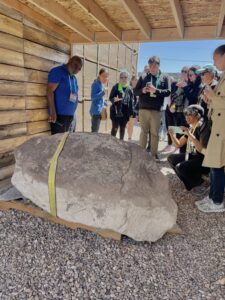
After the ceremony at Topaz, the pilgrimage group boarded the bus and traveled sixteen miles to the handsome Topaz Museum, which opened in 2017 after decades of fundraising and planning in the small town of Delta, Utah. Once there, the pilgrimage group found their way to the back of the museum where we gathered to witness the actual Wakasa Memorial Stone, a one-thousand-pound rock now confined in a small enclosure. After paying our respects to the stone, we toured the Topaz Museum’s exhibits and collections, which include hundreds of artifacts, photographs, and oral histories, as well as 150 pieces of original artwork. The Topaz Museum’s core exhibit explores the complex story of the World War II Japanese American incarceration experience, especially as it transpired at Topaz. The exhibit begins with the racist laws that marginalized early Japanese immigrants, which lead eventually to the mass incarceration of Japanese Americans during World War II. The exhibit extends into the traumatic impacts of their exile, with an obvious focus on the Topaz experience, and it concludes with an examination of the Constitutional violations that the incarcerees were forced to endure. I found the Topaz Museum exhibits to be impressive, interactive, and informative. The pilgrimage group then gathered a final time out back by the Wakasa Memorial Stone before boarding the bus and returning to Salt Lake City.
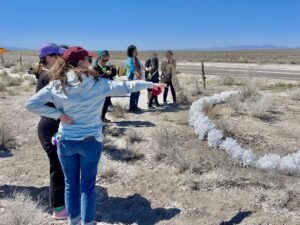
The emotional experiences throughout our time in Utah reminded me of William Faulkner’s line in Requiem for a Nun: “The past is never dead. It’s not even past.” The public history presentations on “historical urgency” at NCPH, the outstanding exhibits on Japanese American artists, the powerful pilgrimage to Topaz and the commemorative ceremony at the site of James Wakasa’s murder, which we shared with survivors and descendants of the prison camp eighty-one years from the date of Wakasa’s death, as well as our trip to the Topaz Museum to see its exhibits and the excavated Wakasa Memorial Stone all reminded us that history is still very much alive and shapes our present experiences. At both the Topaz incarceration site and at the Topaz Museum in Delta, we witnessed some of the still-simmering tensions between Topaz Museum Board members and members of the Wakasa Memorial Committee over what has happened and what will happen to the now-unearthed Wakasa Memorial Stone. Throughout all of those experiences in Utah, I kept thinking on the recurrent theme of “belonging,” including in the oral histories we continue to conduct in the Oral History Center’s Japanese American Intergenerational Narratives Project. “Belonging” carries multiple meanings and invites complex questions. Within what communities, or within which factions of communities, do we find and feel belonging? Throughout history, and up through the present, where have Japanese Americans found belonging? What about the physical artifacts of Japanese American history, like artwork created during World War II-era incarceration, or like the recently re-discovered Wakasa Memorial Stone? To whom do those objects belong? And importantly, who has the right to tell the history of artifacts, artwork, memorials, or lived experiences? To whom does this history belong?
Answers to questions of belonging are elusive because they’re always evolving. I do know, however, how grateful I feel to continue working with individuals and communities to record oral histories that empower narrators to share their own living memories and reflections on the past, and how the personal histories these interviews record will continue to shape our shared present moments. These experiences in Utah helped further inspire our ongoing work on the Japanese American Intergenerational Narratives Project. We hope that you, too, can find inspiration and meaning in these stories, and that they might inform your own sense of belonging.
— Roger Eardley-Pryor, Oral History Center historian and interviewer
ABOUT THE ORAL HISTORY CENTER
The Oral History Center of The Bancroft Library preserves voices of people from all walks of life, with varying political perspectives, national origins, and ethnic backgrounds. We are committed to open access and our oral histories and interpretive materials are available online at no cost to scholars and the public. You can find our oral histories from the search feature on our home page. Search by name, keyword, and several other criteria. Sign up for our monthly newsletter featuring think pieces, new releases, podcasts, Q&As, and everything oral history. Access the most recent articles from our home page or go straight to our blog home.
Please consider making a tax-deductible donation to the Oral History Center if you’d like to see more work like this conducted and made freely available online. While we receive modest institutional support, we are a predominantly self-funded research unit of The Bancroft Library. We must raise the funds to cover the cost of all the work we do, including each oral history. You can give online, or contact us at ohc@berkeley.edu for more information about our funding needs for present and future projects.
Oral History Center Partners in Yale Celebration of James C. Scott
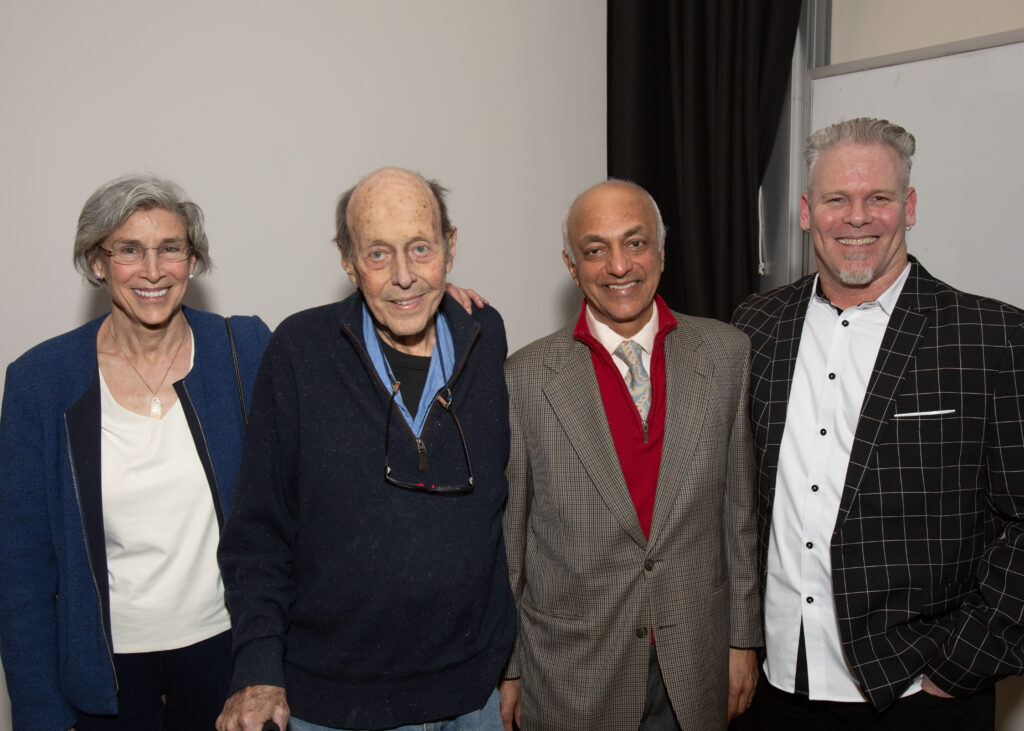
On March 28, OHC historian Todd Holmes participated in the retirement celebration of James C. Scott at Yale University. For many academics around the world, Scott needs no introduction. He is the Sterling Professor of Political Science and Anthropology at Yale University; founder of the renowned Yale Agrarian Studies Program; and author of a series of groundbreaking books that over the decades have become mainstays across the fields of the humanities and social sciences. To be sure, this impressive scholarship not only earned him honors from nearly every corner of the academy, but also made him one of the most influential and widely read social scientists in the world. In 2022, Scott announced his retirement, drawing to a close an academic career that had spanned over five decades.
This past March, scholars and students alike gathered at Yale University to celebrate Scott and his extraordinary career—an event in which the Oral History Center was proud to participate. The OHC began working with Yale in 2018 on an oral history project to document both the career of Jim Scott and the history of the Agrarian Studies Program he founded in 1991. Led by OHC historian Todd Holmes and released in 2022, The Yale Agrarian Studies Oral History Project featured the full life history of Scott and shorter interviews with sixteen affiliates of the program. At the event, Holmes – a Yale alum and former graduate coordinator of the Agrarian Studies Program – presented bound volumes of the oral histories to the Yale University Library. In addition to the oral history presentation, the event also featured a screening of the documentary film, In A Field All His Own: The Life and Career of James C. Scott. Produced by Holmes, the film draws from the nearly thirty hours of oral history interviews conducted for the project to trace the intellectual journey of the award-winning social scientist from his childhood in New Jersey through each of the works he produced in his accomplished career. The film is available to the public on YouTube. It is also linked below.
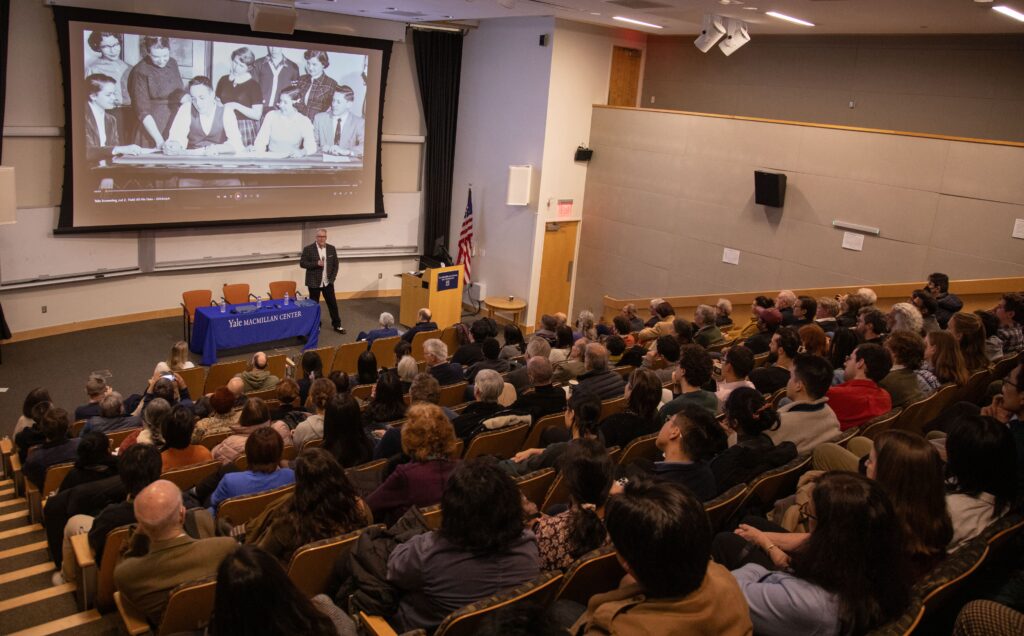
Jim Scott expressed his appreciation for the event in his concluding remarks, noting how much he preferred a celebration of this sort – with film and discussion – over the typical academic retirement symposium, or Festschrift. The latter, in his view, “always seems like a memorial,” he joked with the audience, “and I assure you, I’m still here!” Always the humorist, he punctuated the point by announcing the forthcoming release of his book on Burma’s Irrawaddy River by Yale University Press, another noteworthy achievement for a scholar who turns 88 years young in December. Scott had discussed this project in his oral history, hinting that he still had something to say about rivers before he “hung up his coat.” It was a fitting end for an event celebrating an extraordinary career.
Additional Resources
James C. Scott: Agrarian Studies and Over 50 Years of Pioneering Work in the Social Sciences
Yale Agrarian Studies Oral History Project
About the Oral History Center
The Oral History Center of The Bancroft Library preserves voices of people from all walks of life, with varying political perspectives, national origins, and ethnic backgrounds. We are committed to open access and our oral histories and interpretive materials are available online at no cost to scholars and the public. You can find our oral histories from the search feature on our home page. Search by name, keyword, and several other criteria. Sign up for our monthly newsletter featuring think pieces, new releases, podcasts, Q&As, and everything oral history. Access the most recent articles from our home page or go straight to our blog home.
Mapping the Italian Language(s) — The Atlante Linguistico Italiano
With its tenth volume recently added to the UC Berkeley Library, the Atlante Linguistico Italiano is a unique piece of the Library’s map collections. Each entry in the atlas begins with a single concept, notion or phrase in standard Italian such as cuore, heart. Accompanying this is a map of the Italian peninsula (along with Sicily and Sardinia) that contains the equivalent term, rendered in IPA, as heard in communes all across the country. The lexical and phonetic variations of a single word play out in gradients across the landscape with small changes from one commune to the next that give way to seismic ones from one region to another. The result is a condensed roadmap of the immense linguistic diversity of Italy.
As of now, the ten available volumes cover lexical items in the following spheres: the human body, clothing, the home, food, family, and society, with many other spheres such as fauna, commerce, and agriculture yet to be published. While this work is comprehensive in its treatment of geographic variants, it says unfortunately very little about diastratic variation or the relative social capital of the varieties it contains. With its data now over 30 years old, and many of its constituent dialects likely under the threat of extinction, the Atlante may soon start to take on historic and diachronic intrigue as well.
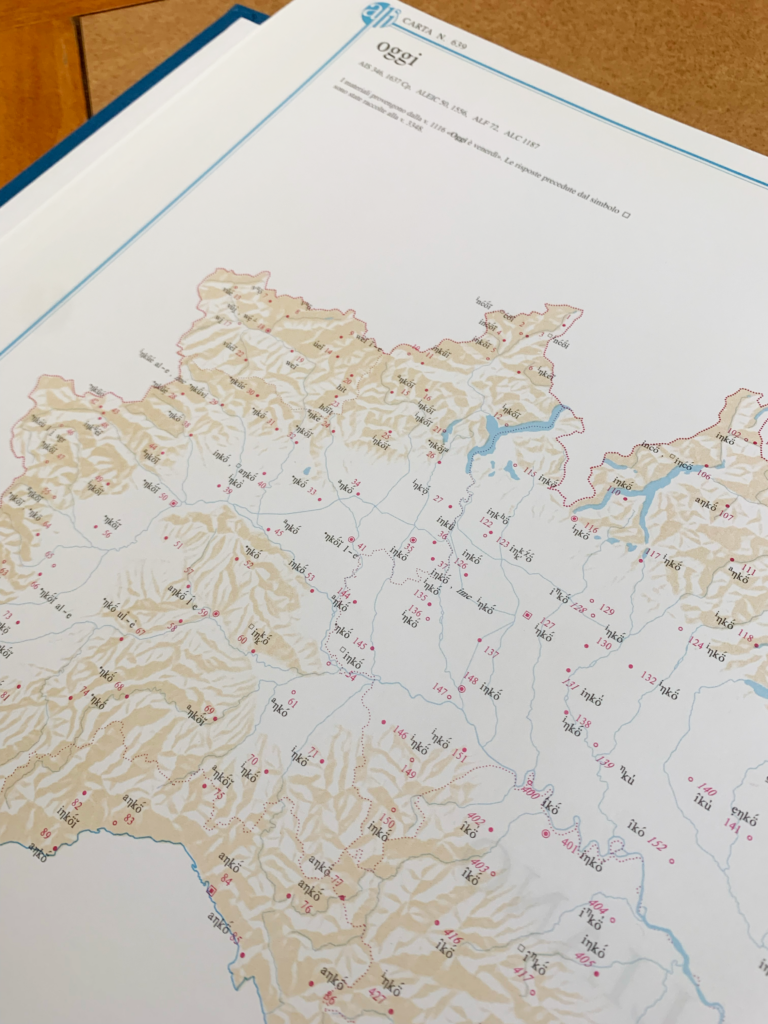
And if you’re thinking of taking these volumes home with you, think twice. They won’t fit in your backpack. They are big and heavy, measuring 49 x 71 centimeters each, and best consulted in the comfort of the Main Stacks.
Pellis, Ugo, and L. (Lorenzo) Massobrio. Atlante linguistico italiano / materiali raccolti da U. Pellis [and others] ; redatto da L. Massobrio [and others]. Roma: Istituto Poligrafico e Zecca dello Stato, Libreria dello Stato, 1995.
Main (Gardner) Stacks fff PC1711 .A89 1995 v.1-10
PhiloBiblon 2024 n. 4 (mayo). Los manuscritos del Fuero Juzgo: denominaciones antiguas y signaturas modernas
Mónica Castillo Lluch
(Université de Lausanne)
Carmen del Camino Martínez
(Universidad de Sevilla)
Tan nocivos como el fuego y otros desastres naturales pueden resultar para el conocimiento de los textos antiguos los cambios de denominación de los manuscritos. La confusión que produce un nuevo nombre o signatura en un testimonio puede obstaculizar, o incluso impedir, el avance de la investigación, por lo que a filólogos e historiadores se nos impone, como primer paso para el estudio de una tradición manuscrita, la aclaración de las concordancias entre las denominaciones de cada pieza, mutantes a lo largo del tiempo. Descifrar esos códigos puede ser una tarea más o menos exigente en función de la edad de los manuscritos: cuanto más antiguo es un testimonio, mayor cantidad de mudanzas ha podido sufrir de una biblioteca a otra, y más cambios posibles de signaturas. Si además tratamos con tradiciones complejas, compuestas de abundantes testimonios, la dificultad se multiplica.
El caso de la tradición manuscrita del Fuero Juzgo (BETA texid 1191)reúne todas las características que lo hacen complejo en cuanto a las denominaciones de los testimonios: está constituida por un número elevado de testimonios (50), de los cuales 36 (más 3 fragmentos) son medievales, que han cambiado de poseedores y que se han editado y estudiado haciendo uso de designaciones que ya no corresponden a las de hoy. En consecuencia, muchas preguntas importantes han estado en el aire durante décadas, incluso durante siglos, sobre la tradición manuscrita y las ediciones existentes del Fuero Juzgo: ¿qué manuscrito editó Villadiego en 1600? ¿A qué manuscritos corresponden exactamente las denominaciones que utilizó la RAE en su edición de 1815? ¿Están en el aparato de la edición académica de 1815 los manuscritos que editaron Mencé (1996) u Orazi (1997)? Por muy sorprendente que pueda parecer, nadie hasta la fecha ha intentado establecer una lista completa de correspondencias entre las denominaciones antiguas y las signaturas modernas de los testimonios del Fuero juzgo, como tampoco se ha identificado el manuscrito editado por Villadiego en 1600, y ni siquiera en las ediciones de Mencé y de Orazi se llega a indicar a qué denominaciones académicas (RAE 1815) correspondían los manuscritos escurialenses editados por ambas autoras (Z-III-6 y Z-III-21 respectivamente).
En PhiloBiblon hasta ahora [abril/mayo de 2024] sólo se presentaban tres concordancias entre denominaciones antiguas y signaturas modernas, extraídas del catálogo de Zarco Cuevas (1924, 1926, 1929). A estas referencias se limitaba casi el estado de la cuestión, al que debemos añadir otras tres informaciones. En el caso de los otros dos códices estudiados por Orazi (escurialenses P-II-17 y M-II-18), esta autora sí consignó la correspondencia con la denominación académica (Orazi 1997: 40 y 41). A su vez, en su estudio sobre Dialectalismos leoneses de un códice del Fuero Juzgo, García Blanco (1927: 7) identificó el manuscrito que estudió –BNE 5814– con el número 16 de los citados en la edición de la RAE 1815, es decir, con Biblioteca Real 2. Por lo tanto, antes de nuestras investigaciones podríamos contabilizar en total seis concordancias publicadas, de las cuales una, como veremos más adelante, es incorrecta.
En comparación con otra tradición manuscrita muy próxima, la de las Siete Partidas, también con un juego de denominaciones académicas (empleado en la edición de la RAH de 1807) necesitado de correspondencias a las signaturas actuales, el caso del Fuero Juzgo sale bastante mal parado. Para las Partidas, García y García (1985: 255-57 apud Fradejas Rueda 2021: 23) compuso hace ya cuatro décadas una tabla de correspondencias entre las designaciones de la RAH y las signaturas actuales (v. esa tabla adaptada en Fradejas Rueda 2021: 23).
En vista del vacío de conocimiento, y al hilo de nuestras investigaciones sobre el Fuero Juzgo, las autoras de este post nos hemos dedicado en los últimos años a identificar los manuscritos que se esconden tras denominaciones distintas y también hemos localizado, mediante una serie de cotejos textuales, el manuscrito que editó Villadiego en 1600. Hemos dado cuenta del juego completo de concordancias en dos conferencias (Castillo Lluch/Mabille 2022 y Castillo Lluch 2023), cuyas versiones escritas se hallan en prensa en este momento (Castillo Lluch/Mabille y Castillo Lluch/García López). En ambas publicaciones se hace mención a la aportación común de Castillo Lluch y Camino Martínez a esa lista de correspondencias mediante intercambios al respecto producidos entre 2021 y 2023.
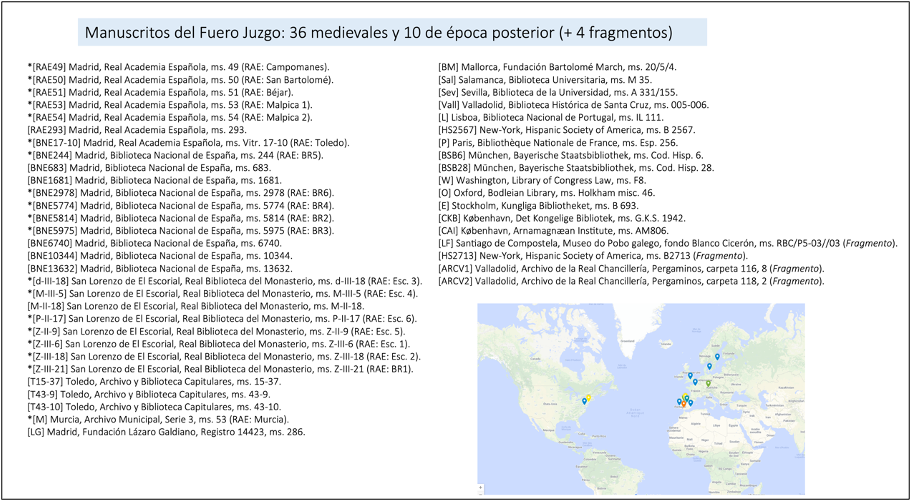
En este post presentamos los resultados de nuestra investigación, con los que nos complace contribuir a la mejora de las noticias de PhiloBiblon. Empezaremos analizando las tres referencias que debemos a Zarco, ofreceremos después el listado de correspondencias de denominaciones antiguas y signaturas modernas que hemos conseguido establecer y, para terminar, nos referiremos a la edición de Villadiego (1600), preguntándonos por el manuscrito que copió.
Zarco Cuevas (1924, 1926, 1929) cataloga el conjunto de manuscritos del Fuero Juzgo custodiados en la Real Biblioteca de El Escorial, y para todo ese conjunto (v. p. 116 del vol. 1 de su catálogo, donde, en la ficha dedicada a d-III-18, menciona la existencia de M-II-18, M-III-5, P-II-17, Z-II-9, Z-III-6, Z-III-18 y Z-III-21), consigue ofrecer tres correspondencias con las denominaciones de la edición académica:
- d-III-18 = ‟Escurialense 3º” en la edición de la RAE (Zarco Cuevas 1924: I, 116).
- M-II-18 = ‟Escurialense 3º” en la edición de la Academia (Zarco Cuevas 1926: II, 284).
- Z-III-18 = ‟Escurialense 2º” en la edición de la ‟Academia de la Historia” (sic, léase RAE) (Zarco Cuevas 1929: III, 149).
La concordancia de ‟Escurialense 3º” con dos manuscritos es, evidentemente, errónea, pues a cada uno de esos dos debería corresponderle una denominación distinta en la edición académica. Zarco se equivocó con M-II-18, que en realidad es el designado como ‟Escorial 5º” en el aparato de variantes de la RAE, si bien la descripción inicial que los académicos ofrecen de ese manuscrito escurialense 5º (RAE 1815: prólogo, 5-6) corresponde a Z-II-9. Se suman aquí, por tanto, dos fallos: uno de la RAE al describir Z-II-9 en el prólogo a su edición dándole por nombre Escorial 5º, pero después no incluyéndolo en su aparato, y en su lugar introduciendo las variantes de M-II-18; y el de Zarco Cuevas, que asimila M-II-18 a Escurialense 3º.
Otro detalle que debe tenerse en cuenta es que el número de testimonios medievales que tuvo la Academia para su edición de 1815 fue de 21; pero, en la práctica, ofrece el texto de Murcia en el cuerpo de la página y en el aparato crítico recoge las variantes de 16 códices (omite las de BR4, BR5, BR6 y las de Z-II-9, que había descrito en el prólogo por error como Esc 5, pues, como se acaba de ver, en el aparato Esc 5 es M-II-18).
Ofrecemos a continuación el listado de los manuscritos del Fuero Juzgo que manejaron los académicos para su edición de 1815 y décadas antes Andrés Marcos Burriel (1755), primer editor del manuscrito de Murcia y precursor de la edición académica, por su elección de ese códice como manuscrito óptimo y porque incluye variantes de otros dos manuscritos romances que desconoció la Academia (actuales T 43-9 y T 43-10). Incorporamos también la información relativa a la edición de Rafael Floranes (1780), basada en RAE 54, que cotejó con RAE 53, con otro de su propiedad que no tuvo la RAE para su edición (RAE 293), y con el texto editado por Villadiego (Camino Martínez 2021 y 2022). Entre paréntesis se indican los manuscritos que la Academia tuvo a la vista, pero que no incluyó en su aparato crítico. La última columna de la tabla contiene la identificación a partir de las signaturas actuales de los manuscritos que fueron editados sin indicar, por desconocimiento, a qué denominación de la RAE correspondían (obviamente esto no hace para las ediciones de Villadiego, Burriel o Floranes, anteriores a la edición académica).
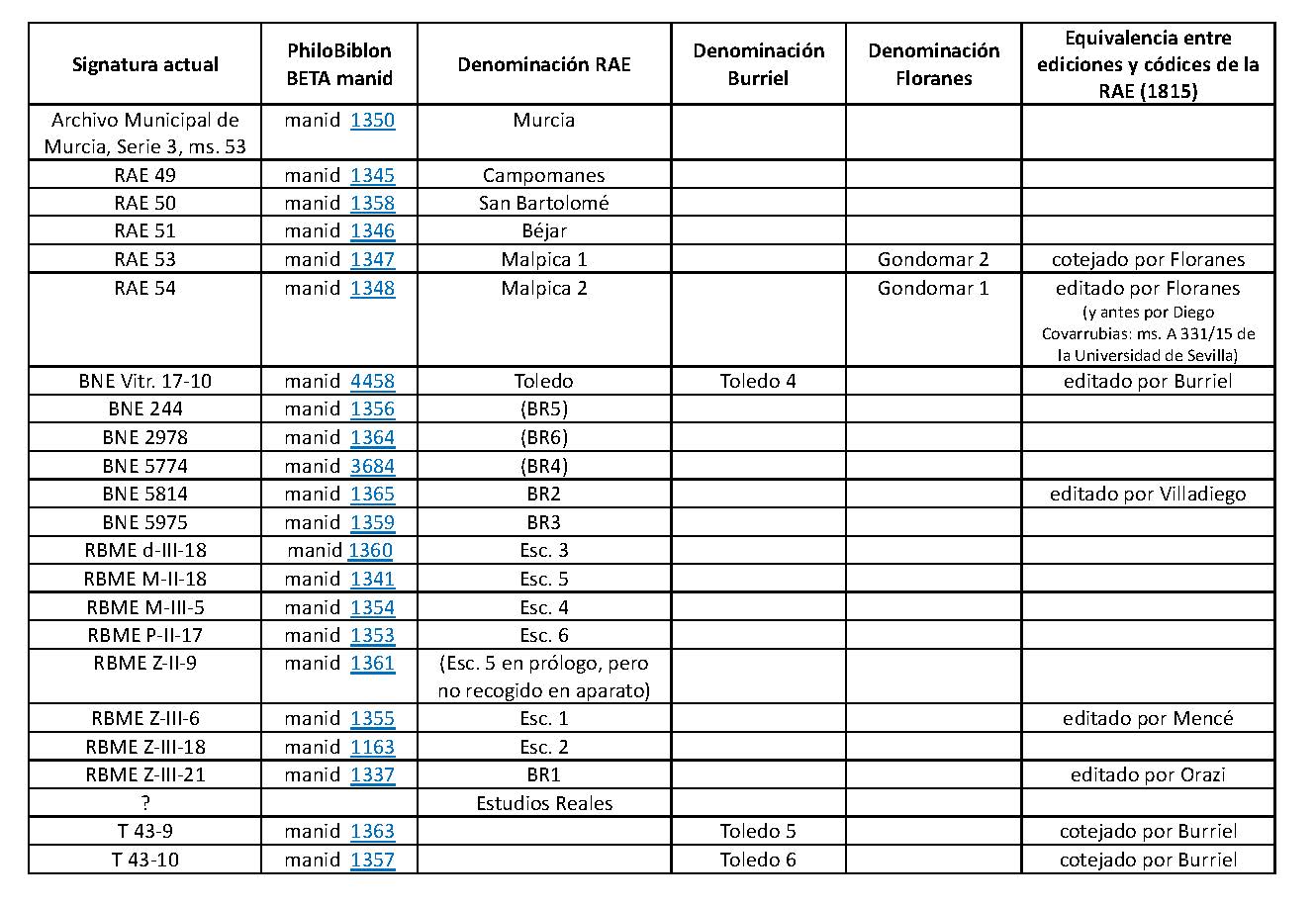
Por último, expondremos cuál era el estado de la cuestión con respecto al manuscrito editado por Villadiego en 1600 y el procedimiento que hemos seguido para identificarlo. En las ‟Advertencias necesarias a la claridad desta obra” que preceden a su edición, Villadiego (1600: 7) se limitaba a informar de que el códice del que copiaba procedía de ‟vna libreria muy antigua, escrito de mano, y en pergamino” y que Antonio de Covarrubias lo estudió y comentó entre 1596 y 1598. Entre los preliminares de ese impreso de Villadiego, se encuentra un ‟Testimonio de la libreria de la santa Iglesia de Toledo” en el que se confirma que concordaba el texto del original de imprenta de Villadiego con el ‟Fuero Iuzgo que tiene esta santa Iglesia mayor en su libreria”. Siglo y medio más tarde, Burriel (1754: 270-271) también indicaba que esa edición se basaba en un ‟tomo manuscrito de la Iglesia de Toledo”. Ahora bien, en un estudio reciente (cf. Castillo Lluch y Mabille 2021: 80, n. 11), tras haber examinado algunos pasajes del texto de la edición de 1600, hemos podido probar que el testimonio que copia Alonso Villadiego no es el de ninguno de los toledanos que manejó Burriel (T4, T5, T6) ni tampoco es T 15-37. Dado que hoy no se conserva ningún manuscrito antiguo en Toledo que no sean T5 (T 43-9), T6 (T 43-10) y T 15-37, y que T4 (hoy BNE Vitr. 17-10) tampoco es el modelo, ¿se trataría de un manuscrito que se conservaba en Toledo antes del siglo XVII y después se desplazó a otro lugar? Ignoramos muchos detalles de la conservación de los distintos manuscritos en diversos repositorios, pero en el caso de algunos, como, por ejemplo, RAE 54, hemos inferido, a partir de unas anotaciones en el recto del primer folio que había quedado en blanco, que ‟en el último cuarto del siglo XIV debía encontrarse en Toledo” (Camino Martínez 2018: 74). Mediante un cotejo de un fragmento de 8.2.1 de la edición de Villadiego con, además de los cuatro toledanos ya mencionados, 24 manuscritos antiguos a nuestra disposición (escurialenses Z.III.21, P.II.17, M.II.18, M.III.5, d.III.18, Z.III.6, Z.III.18, académicos 49, 50, 51, 53, 54, 293, el BNF 256, el Hisp. 6 de la Bayerische Staatsbibliothek, el IL 111 de Lisboa, el de Estocolmo, el de la Biblioteca Real de Copenhague, el de Oxford, los de las fundaciones Lázaro Galdiano y Bartolomé March y los de la BNE 5774, 5814 y 244), hemos logrado identificar ese testimonio occidental que edita Villadiego en 1600 como BNE 5814 (véanse imágenes 3 y 4). Dos datos concordantes adicionales son: 1) el número de folios del manuscrito (‟ciento y setenta y tres hojas”) que Ambrosio Mexia, el escribano público que se encargó de comprobar la concordancia del original de imprenta de Villadiego con su modelo, hizo constar y que coincide con el de BNE 5814 (cf. ‟Testimonio de la librería de la santa Iglesia de Toledo” entre los preliminares de la edición de Villadiego); y 2) la rúbrica sistemática de cada página del manuscrito por Ambrosio Mexia durante el proceso de comprobación de la adecuación del original de imprenta al modelo (‟en cada hoja està rubricado de vna rubrica de mi firma”) (v. Imagen 5).
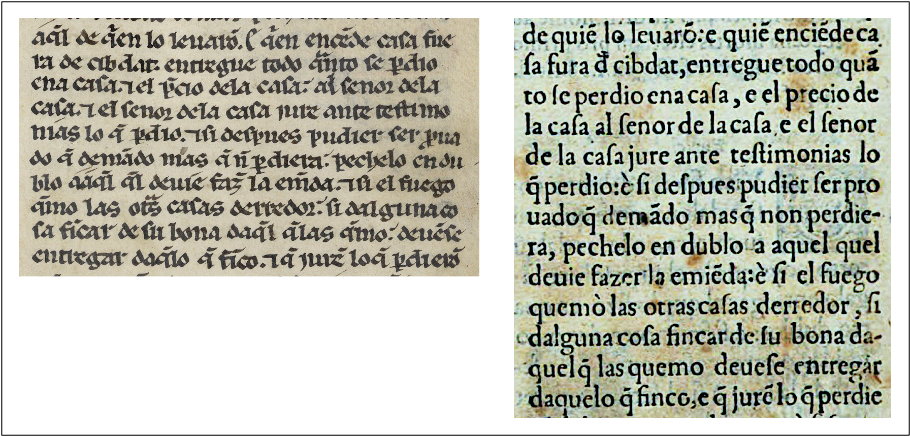
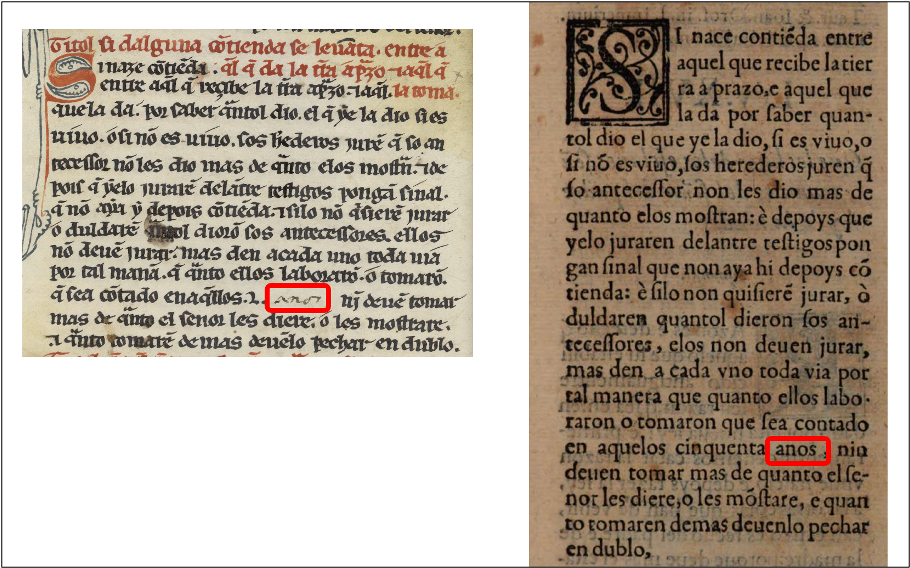
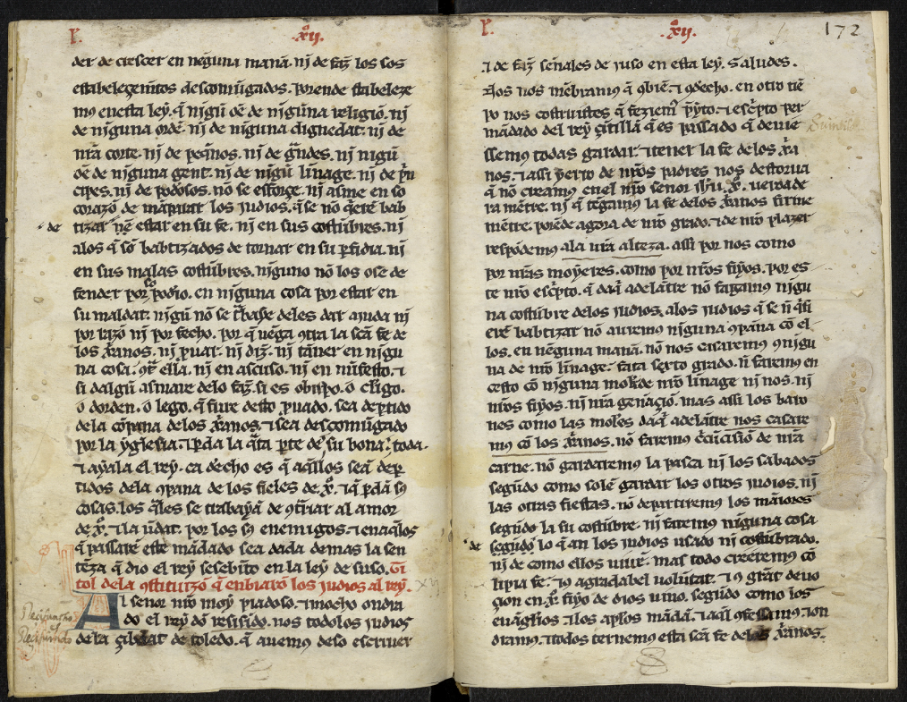
Imagen 5: Folios 171v y 172r del ms. BNE 5814 con la rúbrica en el margen inferior de Ambrosio Mexia, escribano público, que comprobó la concordancia entre el original de imprenta de Villadiego y el manuscrito que en aquel momento se encontraba en la librería de la catedral de Toledo.
La identificación de este manuscrito permite ahora a los investigadores al menos dos cosas: controlar la calidad de la edición de Villadiego, tan a menudo criticada por editores posteriores, y valorar la decisión del siguiente editor del Fuero Juzgo en el tiempo: Andrés Marcos Burriel (1755), que prefirió editar el manuscrito de Murcia. La lista completa de concordancias entre denominaciones antiguas y signaturas actuales de los testimonios que nos han transmitido el Fuero Juzgo aclarará a toda persona interesada por este texto a qué manuscritos exactamente han hecho referencia desde hace décadas estudiosos que nos han dejado lecciones importantes sobre la ley visigótica en romance utilizando la nomenclatura de la edición de la RAE (pensamos en Yolanda García López 1996 y en José Manuel Pérez Prendes 1957) o la de Floranes (Mª Luz Alonso Martín 1983 y 1985). La incorporación a PhiloBiblon de nuestras concordancias garantiza que esta información esté a partir de ahora fácilmente accesible para toda la comunidad científica.
Ediciones citadas
Burriel, Andrés Marcos (1755), Fuero Juzgo ò Codigo de las leyes que los reyes godos promulgaron en España. Traducido del original latino en lenguage castellano antiguo por mandado del Santo Rey D.n Fernando III.º, copiado de un exemplar autentico del Archivo de la Ciudad de Murcia, y de otros tres mss. antiquisimos de la libreria de la S.ta Iglesia de Toledo, ajustado al original latino, ilustrado, y corregido por el P.e Andrès Marcos Burriel de la Comp. de Jesus, Manuscrito BNE 683.
Floranes, Rafael (1780) Fuero Juzgo. Manuscrito cotejado con varios exemplares, Manuscrito BNE 10344.
Mencé, Corinne (1996), Fuero juzgo (Manuscrit Z.iii.6 de la Bibliothèque de San Lorenzo de El Escorial), 3 vols., Lille, ANRT.
Orazi, Verónica (1997), El dialecto leonés antiguo (edición, estudio lingüístico y glosario del Fuero Juzgo según el ms. Escurialense Z.iii.21), Madrid, Universidad Europea-CEES Ediciones.
Real Academia Española (ed.) (2015 [1815]), Fuero Juzgo en latín y castellano, cotejado con los más antiguos y preciosos códices, con estudio preliminar de Santos M. Coronas González, Madrid, Agencia Oficial Boletín Oficial del Estado.
Villadiego Vascuñana y Montoya, Alonso (1600), Forus antiquus gothorum regnum Hispaniae, olim Liber Iudicum hodie Fuero Iuzgo nuncupatus, Madrid, Pedro Madrigal.
Bibliografía secundaria
Alonso Martín, Mª Luz (1983), ‟Nuevos datos sobre el Fuero o Libro castellano: Notas para su estudio”, Anuario de Historia del Derecho Español LIII, 423-45.
Alonso Martín, Mª Luz (1985), ‟Observaciones sobre el Fuero de los Castellanos y las leyes de Nuño González”, Anuario de Historia del Derecho Español LV, 773-7\81.
Camino Martínez, Carmen del (2018), ‟Notarios, escritura y libros jurídicos. Algunas consideraciones”, en Miguel Calleja-Puerta y María Luisa Domínguez-Guerrero (eds.), Escritura, notariado y espacio urbano en la Corona de Castilla y Portugal (siglos xii-xvii), Gijón, Trea, 63-79.
Camino Martínez, Carmen del (2021), ‟En torno al Libro de Nuño González y algunos manuscritos toledanos del Fuero Juzgo”, en Juan Carlos Galende Díaz (dir.) y Nicolás Ávila Seoane (coord.), Libro homenaje al profesor don Ángel Riesco Terrero, Madrid, ANABAD Federación y Universidad Complutense de Madrid, 65-74.
Camino Martínez, Carmen del (2022), ‟El erudito, el calígrafo y dos ejemplares dieciochescos del Fuero Juzgo”, comunicación presentada en el coloquio Los manuscritos del Fuero Juzgo: abordaje interdisciplinar, Université de Lausanne, 11-12 de noviembre de 2022.
Castillo Lluch, Mónica (2022), ‟La tradición manuscrita del Fuero Juzgo: una visión de conjunto”, comunicación presentada con Charles Mabille en el XII Congreso Internacional de Historia de la Lengua Española, Universidad de León, 16 de mayo de 2022.
Castillo Lluch, Mónica (2023), ‟The Visigothic Code and the Fuero Juzgo: The Transmission and Translation of Law from Latin to Romance”, conferencia pronunciada en Yale University, 28 de abril de 2023.
Castillo Lluch, Mónica y Mabille, Charles (2021), ‟El Fuero Juzgo en el ms. BNE 683 (1755) de Andrés Marcos Burriel”, Scriptum digital 10, 75-107.
Castillo Lluch, Mónica y Mabille, Charles (en prensa), ‟Hacia un stemma codicum del Fuero Juzgo desde el Humanismo hasta hoy”, en Actas del XII Congreso Internacional de Historia de la Lengua Española.
Castillo Lluch, Mónica y García López, Yolanda (en prensa), ‟The Visigothic Code and the Fuero Juzgo: The Transmission and Translation of Law from Latin to Romance”, en Noel Lenski y Damián Fernández (eds.), Lex Visigothorum, Cambridge University Press.
Fradejas Rueda, José Manuel (2021), ‟Los testimonios castellanos de las Siete Partidas”, en José Manuel Fradejas Rueda, Enrique Jerez Cabrero, y Ricardo Pichel (eds.), Las Siete Partidas del Rey Sabio: una aproximación desde la filología digital y material, Madrid/Frankfurt, Iberoamericana/Vervuert, 21-35.
García Blanco, Manuel (1927), Dialectalismos leoneses de un Códice del Fuero Juzgo, Salamanca, Imp. Silvestre Ferreira.
García López, Yolanda (1996), Estudios críticos y literarios de la ‟Lex Wisigothorum”, Alcalá de Henares, Servicio de publicaciones de la Universidad de Alcalá.
Pérez-Prendes Muñoz de Arraco, José Manuel (1957), La versión romanceada del Liber Iudiciorum. Algunos datos sobre sus variantes y peculiaridades, Tesis doctoral inédita dirigida por Manuel Torres López, Madrid, Universidad Complutense.
Zarco Cuevas, Julián (1924, 1926, 1929, 3 vols.), Catálogo de los manuscritos castellanos de la Real Biblioteca de El Escorial dedicado a S.M. el rey don Alfonso XIII, Madrid, Imprenta Helénica (vols 1 y 2) y San Lorenzo de El Escorial, Imprenta del Real Monasterio de El Escorial (vol. 3).
Arab-American Heritage Month 2024
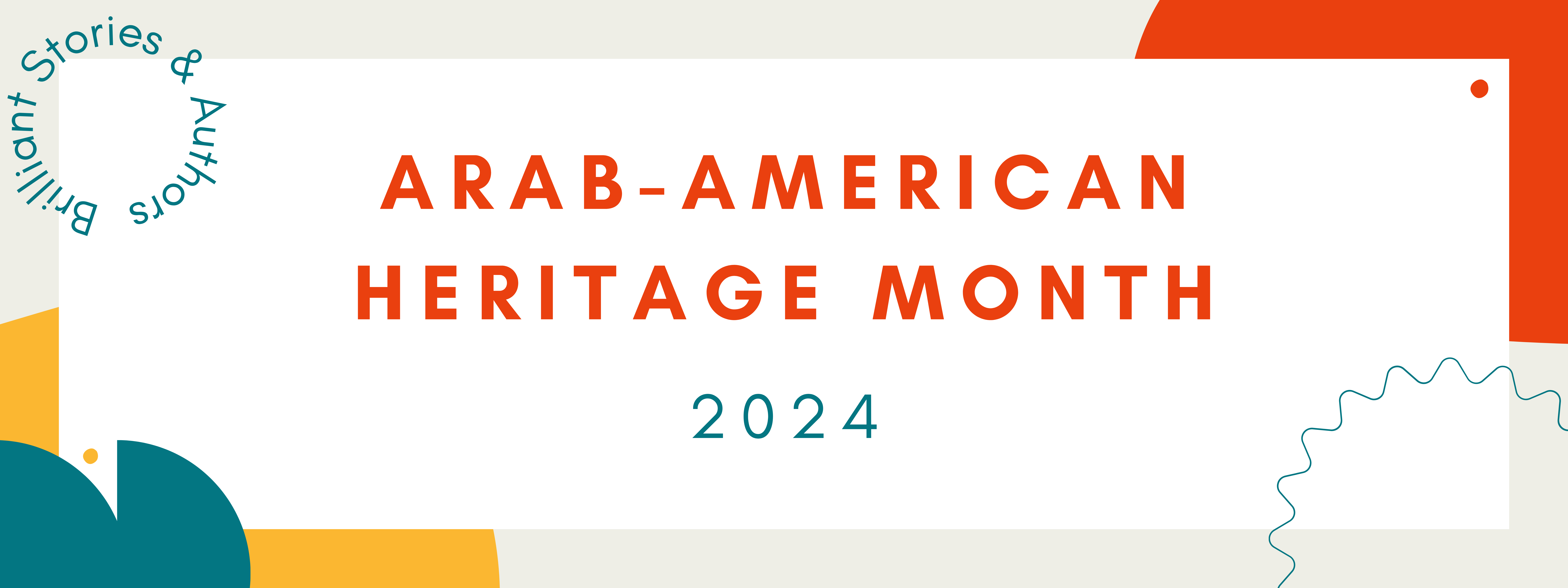
Hey there, bookworms! Ready to celebrate Arab American Heritage Month with a literary twist? Join us as we dive into the captivating world of Arab-American authors and characters and their vibrant stories, both fiction and nonfiction. Explore more at UCB Overdrive today!
Kaveh Akbar
Etaf Rum
Aisha Abdel Gawad
Sarafina El-Badry Nance
Hanan al-Shaykh
Nazanine Hozar
